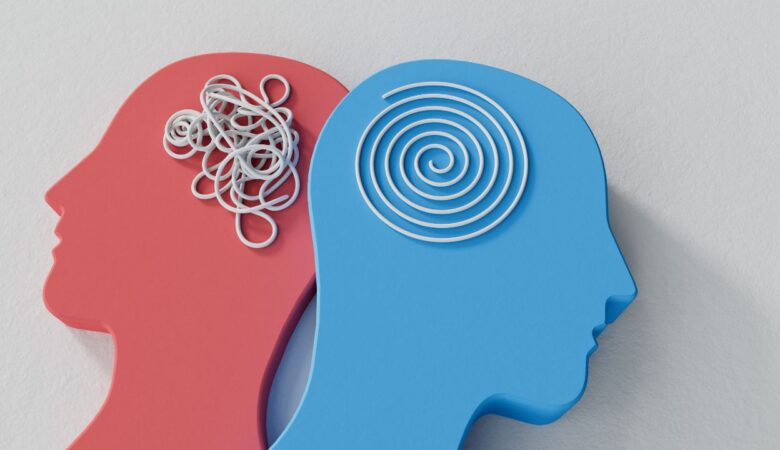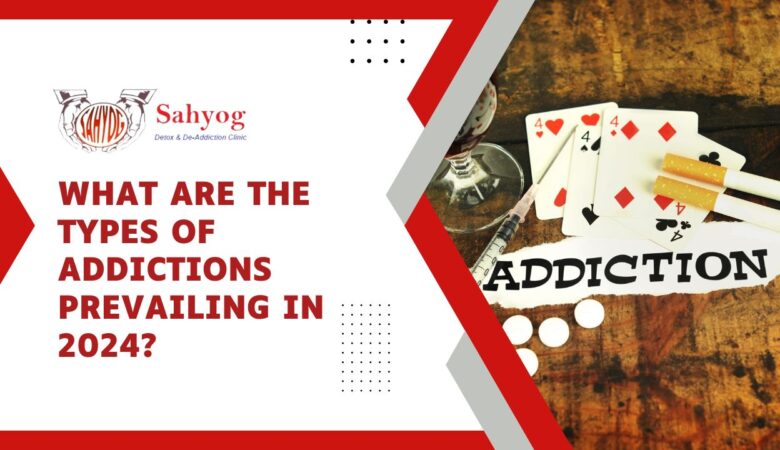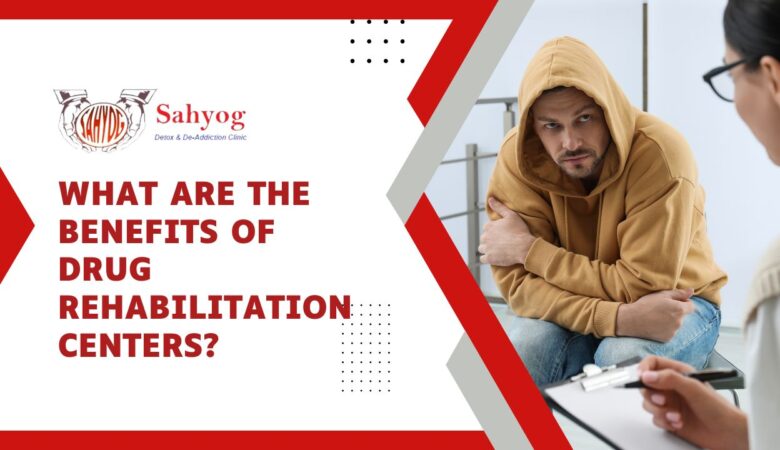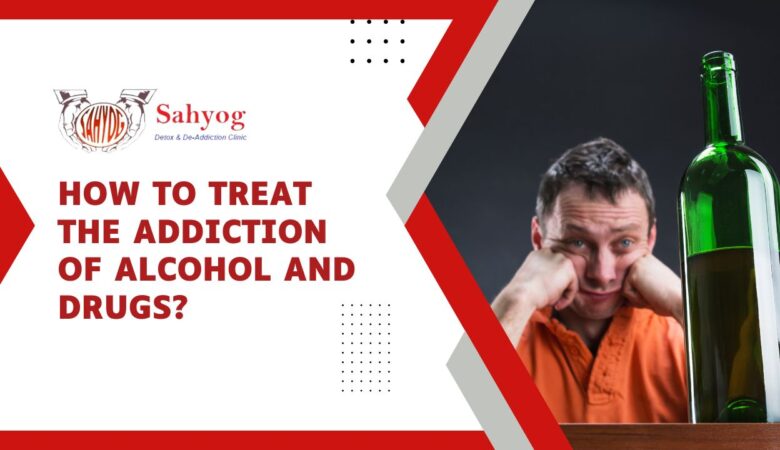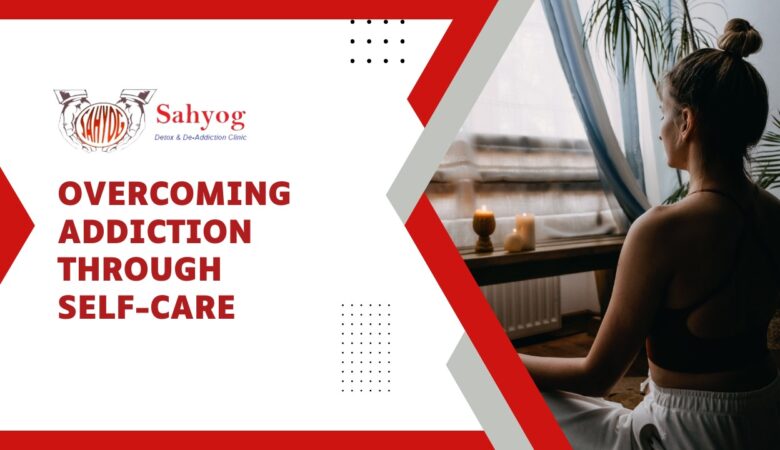Overcoming Expressive Language Disorder in Adulthood
Welcome to our blog post on overcoming expressive language disorder in adulthood! If you or someone you know struggles with expressing thoughts and feelings, then this article is for you. Expressive Language Disorder (ELD) can present unique challenges, but it’s important to remember that there is hope and support available. In this blog post, we will explore what ELD is, its causes and symptoms, as well as diagnosis and treatment options. We’ll also provide coping strategies specifically tailored for adults with ELD. So grab a cup of coffee or tea, get comfortable, and let’s dive into the world of expressive language disorder! What is Expressive Language Disorder? Expressive Language Disorder (ELD) is a communication disorder that affects an individual’s ability to express themselves effectively through spoken or written language. While it can manifest in different ways, common symptoms include difficulty finding the right words, formulating sentences, organizing thoughts coherently, and using proper grammar and syntax. Unlike other language disorders that primarily affect comprehension, ELD specifically impacts expressive abilities. Imagine having a wealth of ideas swirling in your mind but struggling to articulate them clearly and accurately – frustrating, right? This can lead to feelings of embarrassment, isolation, and low self-esteem for individuals with ELD. Causes of ELD are diverse and can range from genetic factors to brain injury or developmental delays. It’s important to note that this disorder is not related to intelligence; individuals with ELD often have average or above-average cognitive abilities. Diagnosing Expressive Language Disorder involves comprehensive assessments by speech-language pathologists who evaluate an individual’s language skills across various domains. These assessments help determine the severity of the disorder and guide appropriate treatment approaches tailored to each person’s unique needs. Treatment options for adults with ELD typically involve speech therapy focused on improving vocabulary development, sentence structure formation, word retrieval strategies, and overall communication skills. Augmentative and alternative communication (AAC) methods may also be explored if necessary. Living with expressive language disorder as an adult can present challenges in various aspects of life – from social interactions to professional settings. However, there are coping strategies that adults with ELD can employ to navigate these difficulties successfully. Building strong support networks comprising understanding family members, friends or joining support groups where experiences can be shared helps create safe spaces for open expression without judgment. Additionally practicing patience when communicating allows individuals time needed for formulating thoughts into coherent sentences amidst conversations. Breaking down complex information into smaller chunks eases the burden of expressing oneself while ensuring clarity during discussions. Utilizing visual aids such as charts or diagrams also aids in conveying ideas effectively, especially when finding the right words becomes challenging. Causes and Symptoms Expressive Language Disorder (ELD) can have various causes, making it a complex condition to understand. While the exact origin of ELD is still unknown, researchers believe that it may be attributed to a combination of genetic, neurological, and environmental factors. One potential cause could be genetics. Studies suggest that individuals with a family history of language disorders are more likely to develop ELD. Additionally, certain neurological conditions such as autism spectrum disorder or intellectual disabilities can also contribute to expressive language difficulties. The symptoms of ELD can manifest differently in adults compared to children. Adults with ELD often struggle with finding the right words when speaking or writing. They might have trouble organizing their thoughts coherently or experience difficulty in recalling specific vocabulary. In some cases, individuals with ELD may exhibit social anxiety due to their communication challenges. This can lead to feelings of frustration, low self-esteem, and isolation from others who do not fully understand their struggles. Understanding the causes and symptoms of ELD is crucial for both individuals experiencing these challenges and those around them. By recognizing these signs early on, appropriate interventions and support systems can be put in place to help improve communication skills and overall quality of life for adults living with expressive language disorder. Diagnosis and Treatment Options When it comes to diagnosing expressive language disorder (ELD) in adults, it can be a complex process. A comprehensive evaluation is usually conducted, which may include assessments of speech and language skills, medical history review, and communication evaluations. This helps to identify any underlying causes or contributing factors that could be affecting an individual’s ability to express themselves. Treatment options for ELD vary depending on the severity of the disorder and individual needs. Speech therapy is often recommended as a primary treatment approach for adults with ELD. A licensed speech-language pathologist (SLP) will work closely with individuals to improve their communication skills through various techniques and exercises. In addition to traditional therapy sessions, there are also alternative approaches that can be beneficial in treating ELD in adults. These may include assistive technology devices such as voice amplifiers or electronic communication aids, which help individuals overcome barriers when speaking. It’s important for individuals with ELD to engage in consistent practice outside of therapy sessions as well. This can involve practicing speaking exercises at home or utilizing online resources specifically designed for improving expressive language skills. Each person’s journey towards overcoming ELD will be unique. It takes time, dedication, and support from healthcare professionals and loved ones alike. With patience and perseverance along the way, there is hope for improvement in expressing oneself effectively despite having expressive language disorder as an adult. Coping Strategies for Adults with ELD Living with Expressive Language Disorder (ELD) as an adult can present unique challenges. However, there are coping strategies that can help individuals overcome these obstacles and improve their communication skills. Seek Professional Help: Consulting with a speech-language pathologist can provide valuable guidance and therapy tailored to your specific needs. They can help you develop effective strategies to enhance your expressive language abilities. Practice Active Listening: Paying close attention to conversations and actively engaging in them can help compensate for difficulties in expressing oneself verbally. Focus on understanding others’ perspectives and ask clarifying questions when needed. Use Visual Aids: Utilizing visual aids such as charts,


